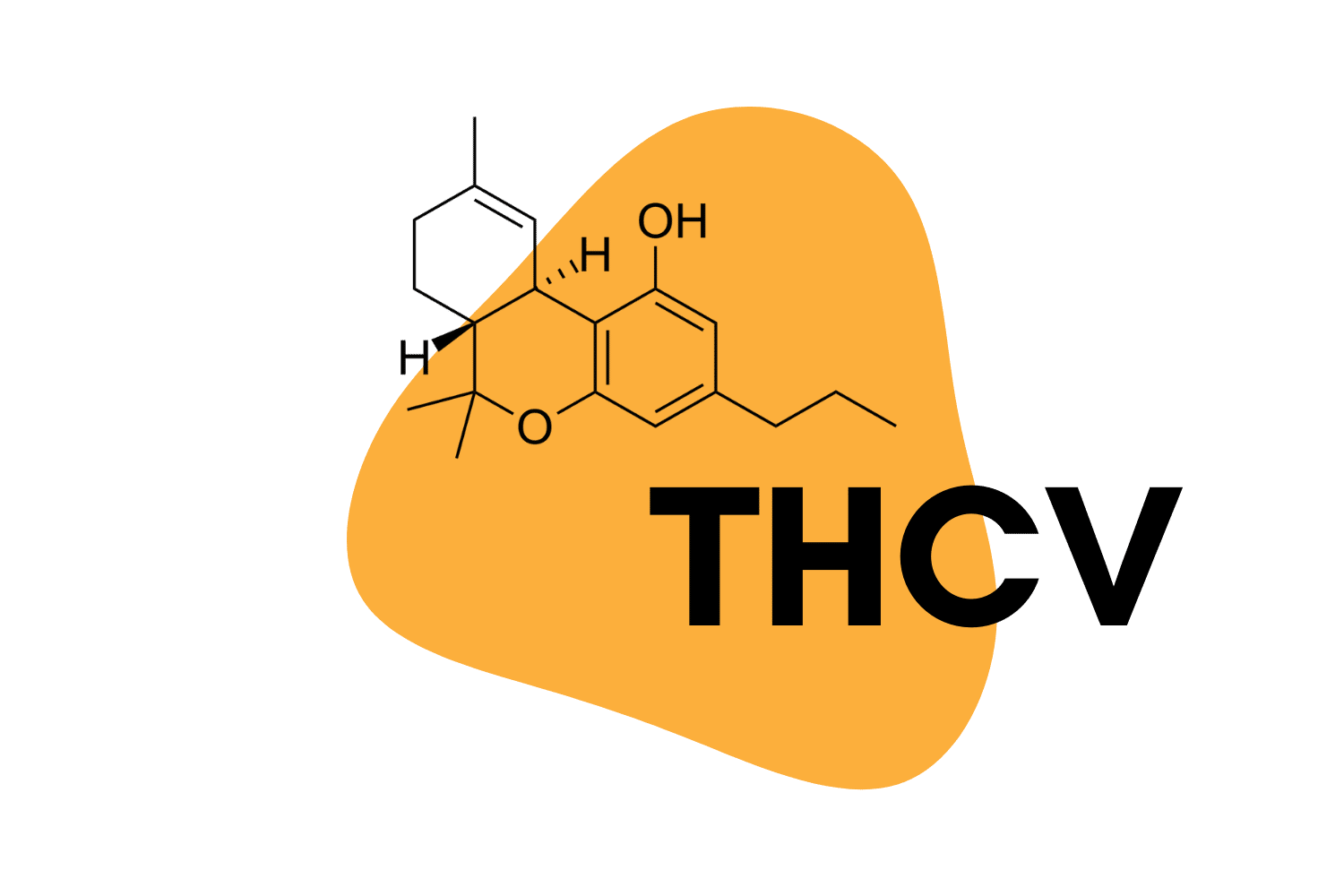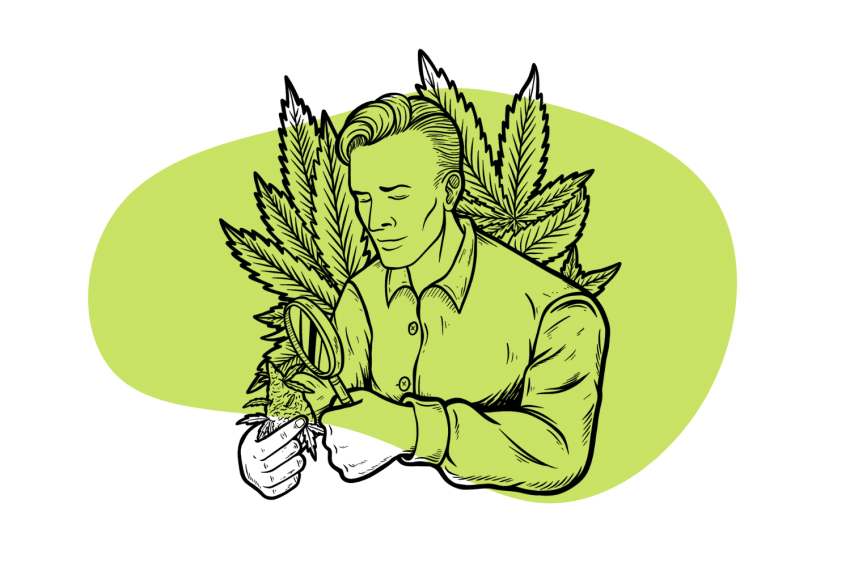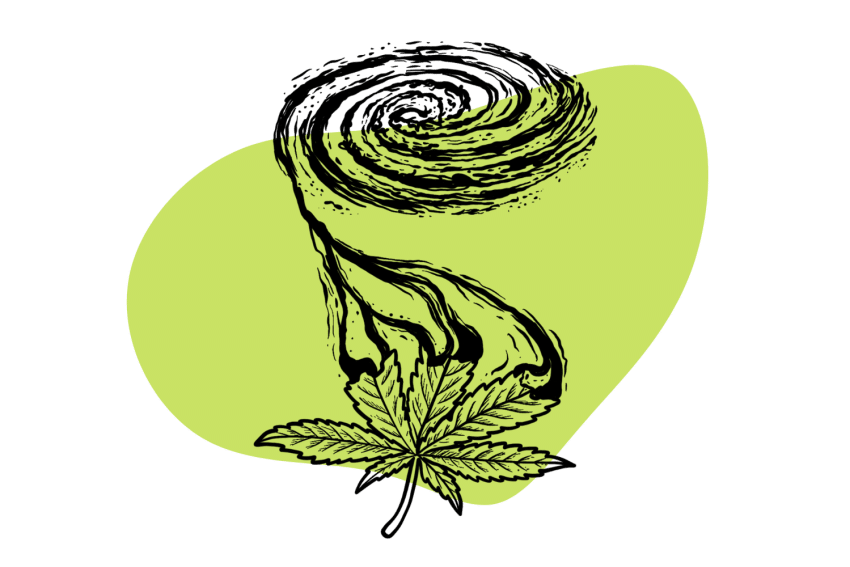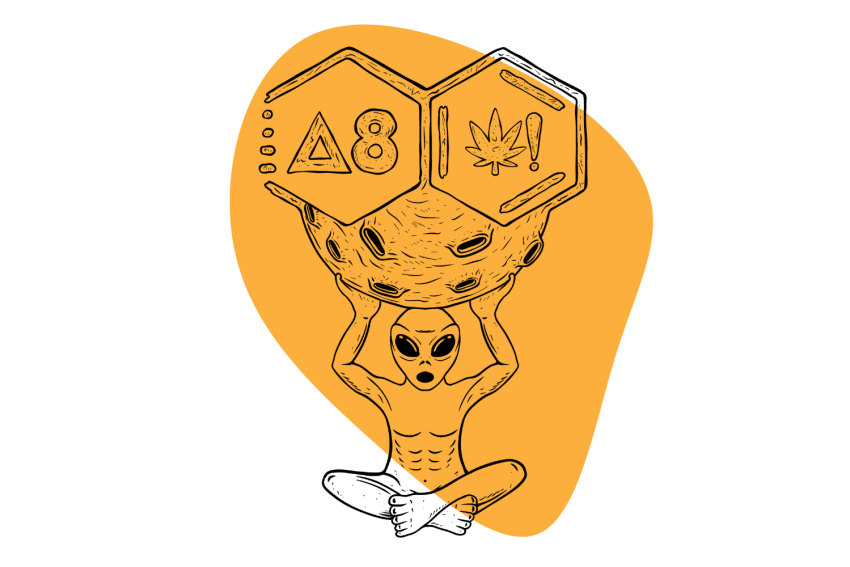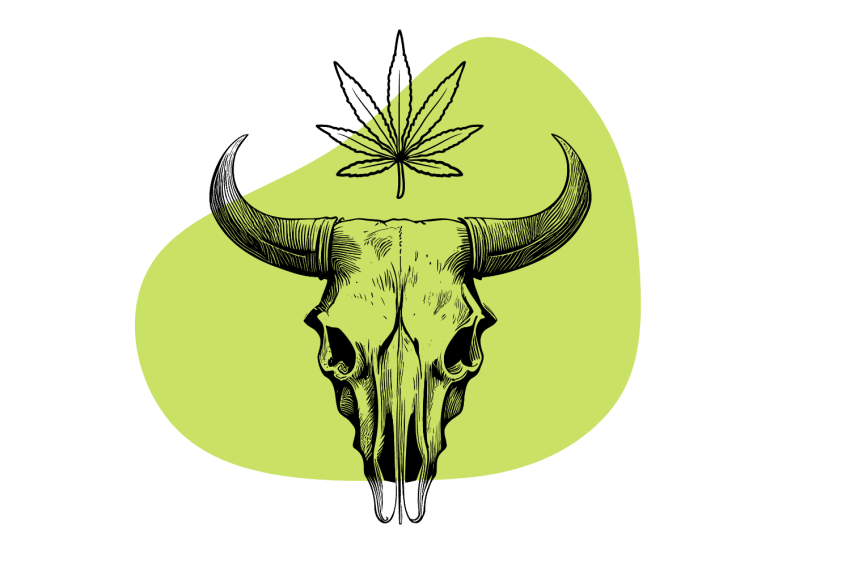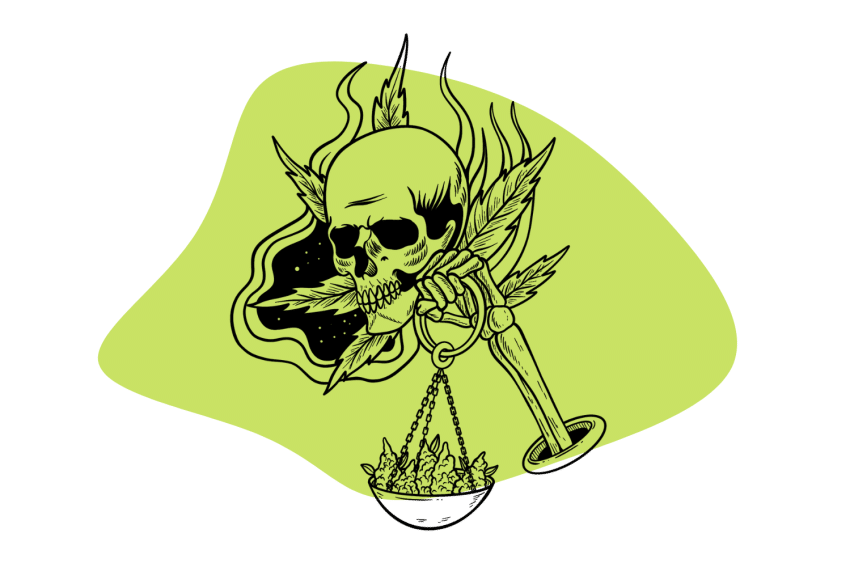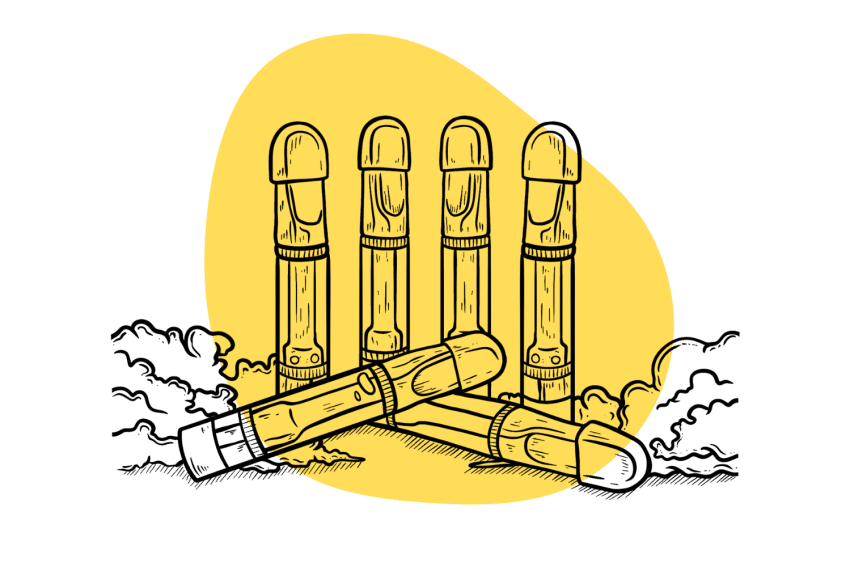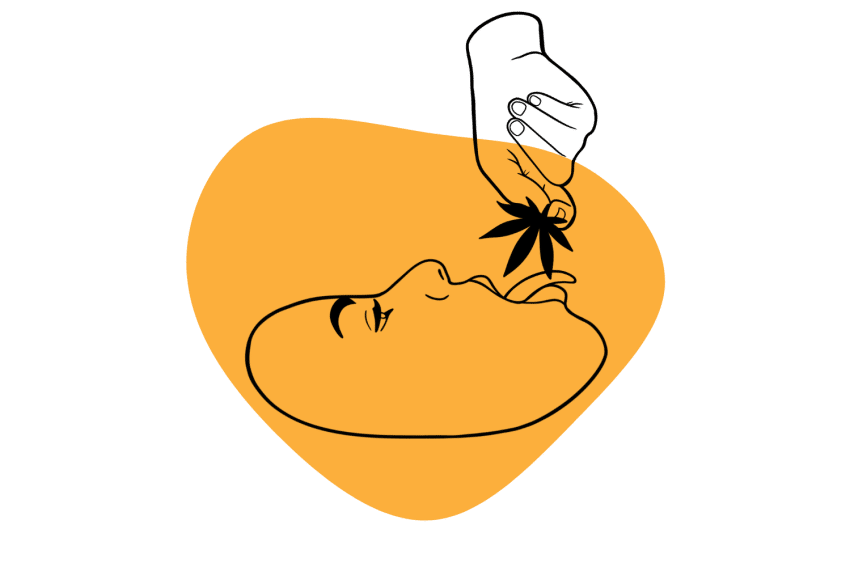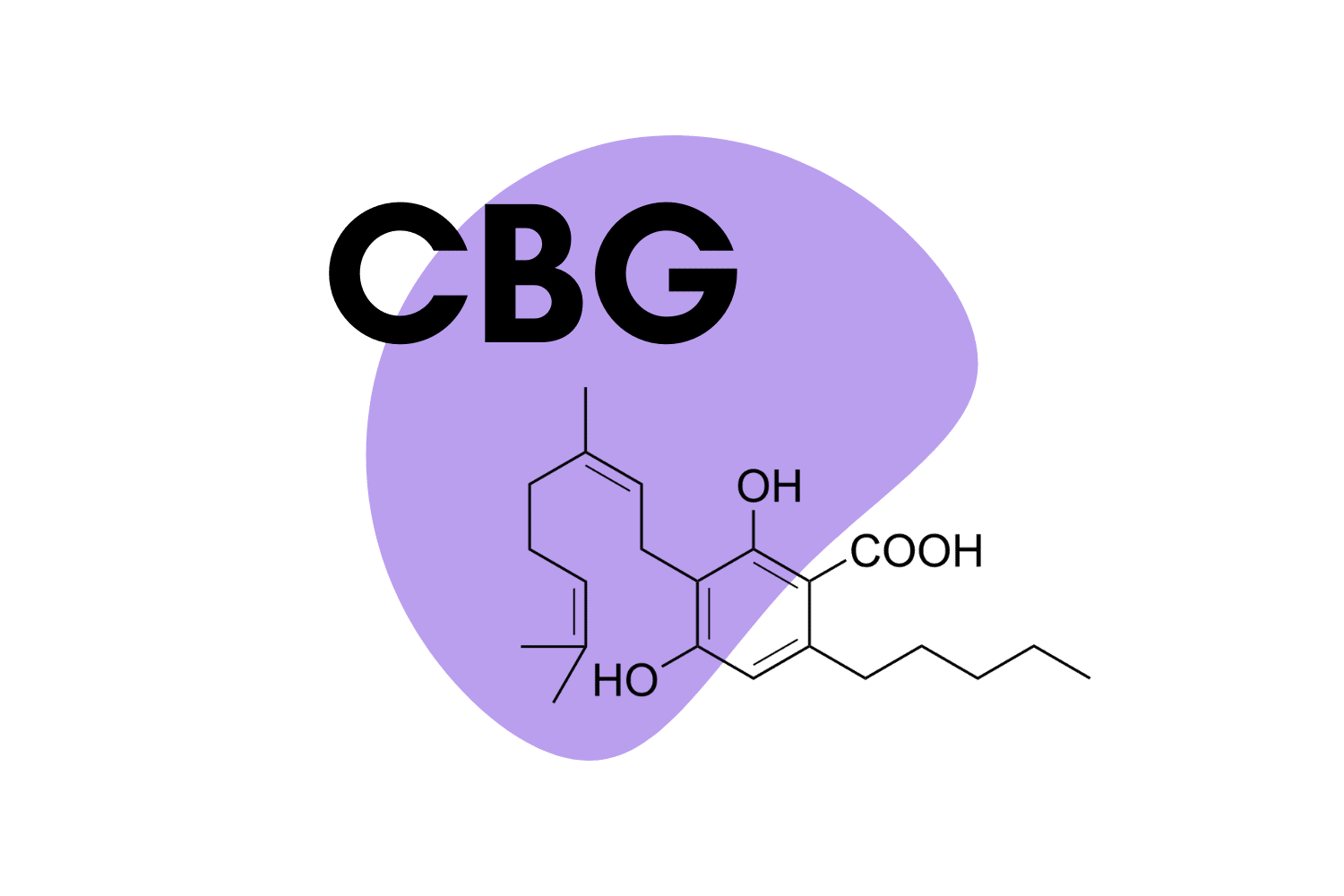How Much Is an Ounce of Weed? Price, Size, & How Long It Lasts
Going to a dispensary can be quite a challenge. How are you supposed to know if you’re getting a good deal or being overcharged? Why is it so expensive, and what are all these measurements?
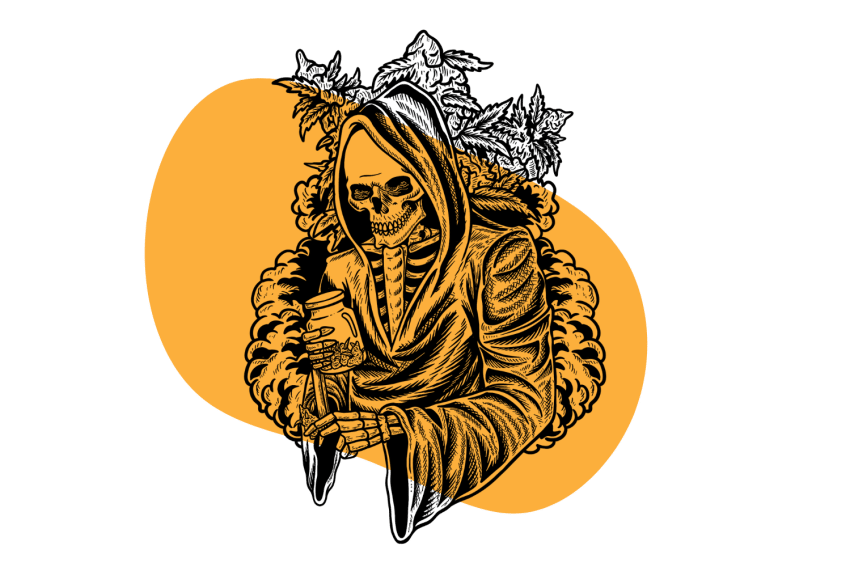
Below, I will tell you everything there is to know about the cost of an ounce of weed across the US — including factors that affect the price, so you can understand how similar amounts of weed can have such distinct prices in different locations.
Related: Cannabis 101 | How Much Does Weed Cost?
First, How Is Weed Measured?
Going to a dispensary can be confusing if you’ve never bought or used weed before, and the first step is to get familiar with all the common measurements.
You might hear someone asking for a “QP” (a quarter-pound) or an “eighth.” All of these words come from the ounce — the basic unit for measuring weed. Many call it a “zip” because it fits neatly in a Ziploc bag.
The zip has a special place in cannabis culture and represents a significant amount of weed, enough for a month’s worth of joints if you smoke one daily. For people accustomed to the metric system, an ounce equals a little more than 28 grams.
The eighth has become more prevalent since an ounce of weed is too much for a casual user. It’s cheaper and more convenient — the ideal amount for rolling a handful of joints.
A pound of weed equals 16 ounces or about 450 joints. However, most state laws forbid this amount.
How Much Does An Ounce of Weed Cost?
Prices vary so much from state to state that finding a practical average cost for an ounce of weed is impossible. However, I can give you an average cost range — between $160 and $350.
In a 2023 survey, the Oxford Treatment Center [1] put the average cost for an ounce of weed at $266 — but the individual figures for each state were wildly different. This isn’t surprising considering how different the laws, taxes, and overhead costs change per location.
Let’s look at some examples.
Oregon approved the sale of recreational cannabis in 2014, and an ounce of weed here costs approximately $187. Neighboring Washington did the same at a similar time and currently sells the ounce at $196.
We can draw this conclusion: weed is cheaper in places with reasonable regulations and well-established markets. Prices can skyrocket easily in states with emerging weed markets or when they lack decent regulations.
Let’s take a look at Washington, DC. An ounce of weed can cost $550 or more, tripling Oregon and Washington State. Cannabis is legal there, but the limited supply and lack of a regulated market make it cost way too much.
A similar thing occurs in Minnesota — though, luckily for people there, prices aren’t as high. While the North Star State legalized weed in 2023, it won’t issue licenses until 2025, so weed has to come from outside the state. That’s why an ounce of weed there costs $330.
As you can see, the cost of weed varies a lot, and keep in mind that these figures are for mid-quality weed. Other strains can cost significantly more, and other factors besides potency affect price. I’ll explain them in detail below.
Other Portions of Weed:
- 1 gram of weed (0.035 oz)
- An eighth of weed (3.5 g)
- A quarter of weed (7 g)
- A half-ounce of weed (14 g)
- An ounce of weed (28 g)
- A quarter pound of weed (114 grams)
- A half pound of weed (227 grams)
- A pound of weed (454 grams)
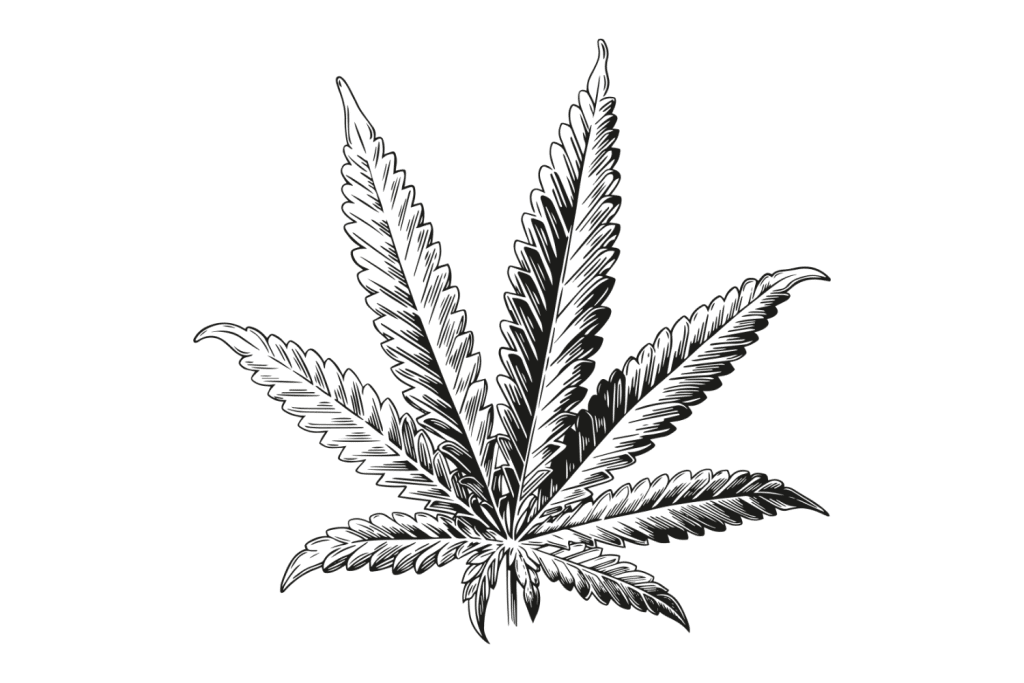
Factors That Influence the Cost of Weed
Many aspects can drive weed prices up and down, from taxes to cultivation methods and classic factors like supply and demand. Let’s take a closer look at the most relevant factors that affect the cost of weed.
Product Quality
As with any other plant, there are different strains of cannabis containing distinct combinations of compounds and terpenes. These combinations affect the overall potency of the herb, enhancing or weakening its effects. High-quality cannabis is more potent and, therefore, more expensive.
Identifying a high-quality strain is easy, as the colors will tell you almost everything. A vibrant color indicates you’re looking at a potent crop, no matter if it’s a deep green or intense purple. Meanwhile, a yellowish or brownish tone screams low-grade weed.
Furthermore, premium cannabis has a pleasant smell, while more average strains smell of chemicals or mold or have no smell at all.
Effects Spectrum
Once again, the unique chemical composition of each strain results in a distinct set of effects. These can range from euphoric to relaxing, while others are all-rounders with many applications. That’s the case of the “Blue Dream” strain, which provides pain relief, relaxation, and a feeling of joy.
Nevertheless, the uniqueness of these strains also comes with added farming difficulty or scarcity issues, leading to a high cost.
Region or Location
In a legal market, weed is just another grocery, meaning it has to pay taxes and overhead costs like local rent and labor. Typically, weed is more expensive in cities with higher living costs, while mid-sized towns have lower prices due to the lower expenses.
Related: Missouri Could be the First State to Reach One Billion in Weed Sales
Cultivation Methods
Another factor that impacts weed costs is the farming environment. Growing cannabis indoors requires special lighting, temperature, and humidity conditions that are expensive to maintain. That’s why some strains, like “Gorilla Glue #4,” are costly compared to others grown outdoors.
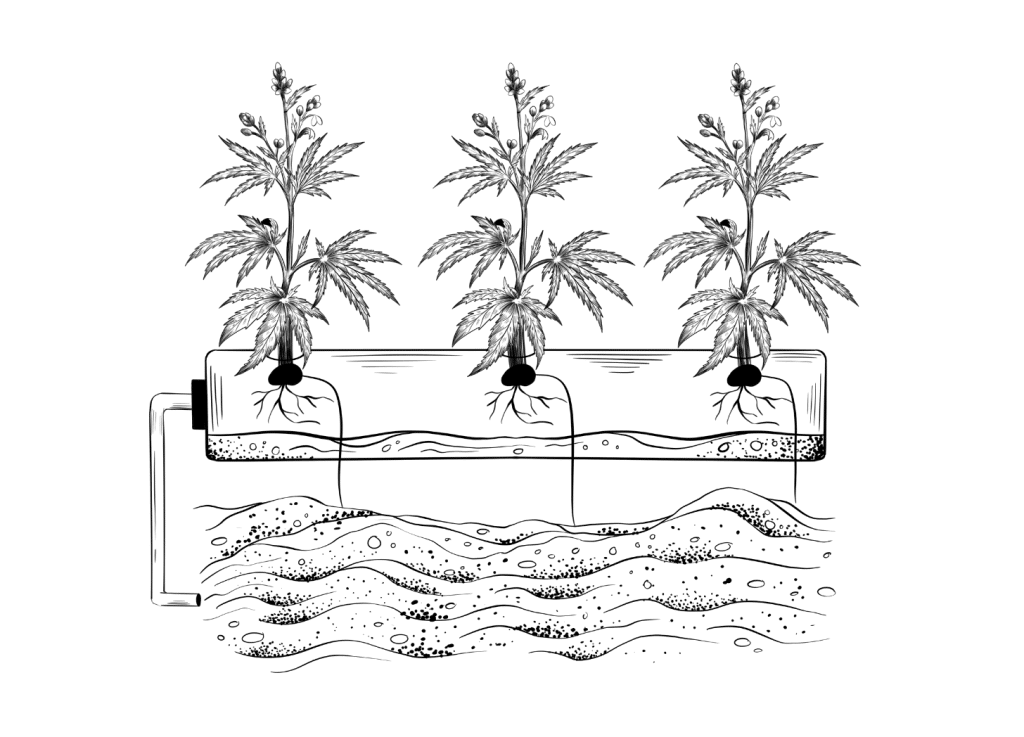
FAQs: The Price of Weed
Here are the most common questions regarding the cost of weed.
1. Which States Offer the Cheapest Weed?
Your best bets are Mississippi, Washington, and Oregon. You can find an ounce of mid-quality weed for less than $200 there. But remember that prices vary wildly all over the US! You may find a cheap dispensary with high-quality stuff in an unexpected state.
2. Is There a Price Difference Between Organic and Non-Organic Cannabis?
Yes, organic and non-organic cannabis have different prices due to different cultivation methods. Organic producers use natural farming techniques and fertilizers, which, while environment-friendly, are also more expensive. But, in my opinion, the ease of mind of purchasing eco-friendly stuff is worth any price tag.
3. Does the Form of Weed Affect the Price?
Yes, any form of weed other than raw flower will be more expensive due to the added production costs. This includes edibles, tinctures, and extracts — not to mention concentrates, which also increase the potency by quite a bit!
4. Can the Black Market Influence the Price of Legal Cannabis?
Naturally, black market sellers don’t follow regulations or pay taxes, so they can sell their weed at lower prices. Of course, legal retailers will try to remain competitive, so they’ll try to match their prices as much as possible to win new customers.
References
- Oxford Treatment Center. “The Average Cost of Marijuana by State.” (April 18, 2023). https://oxfordtreatment.com/substance-abuse/marijuana/average-cost-of-marijuana/

